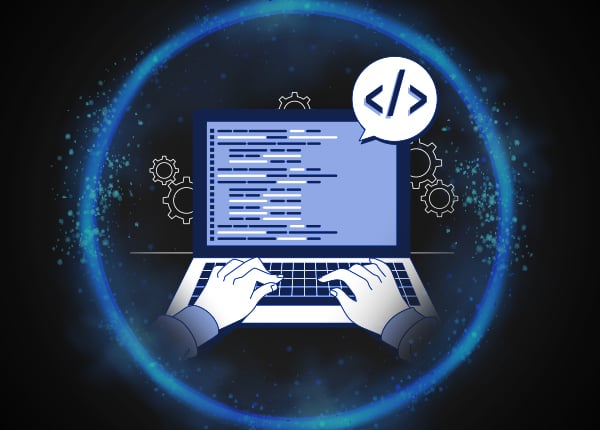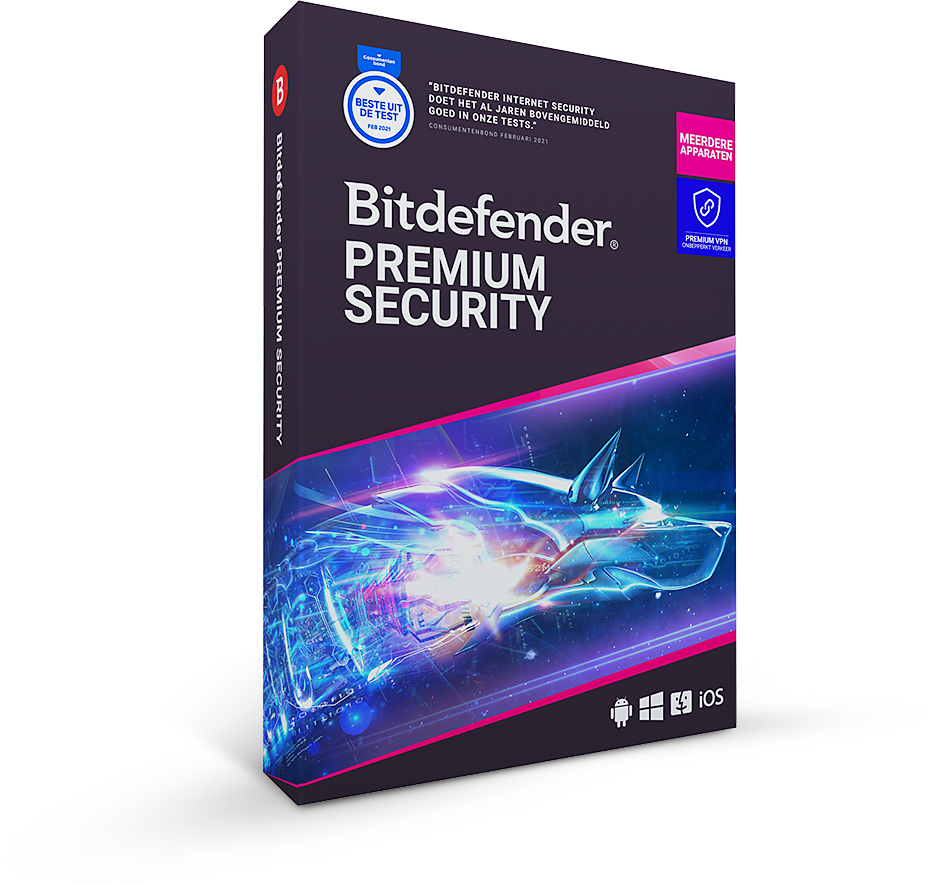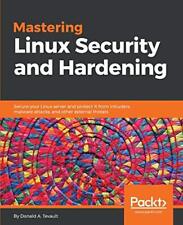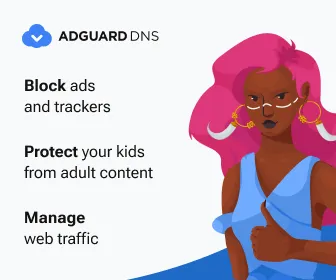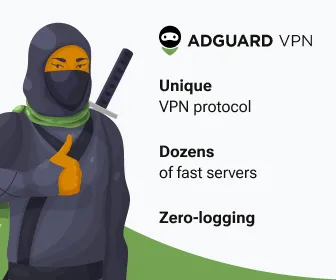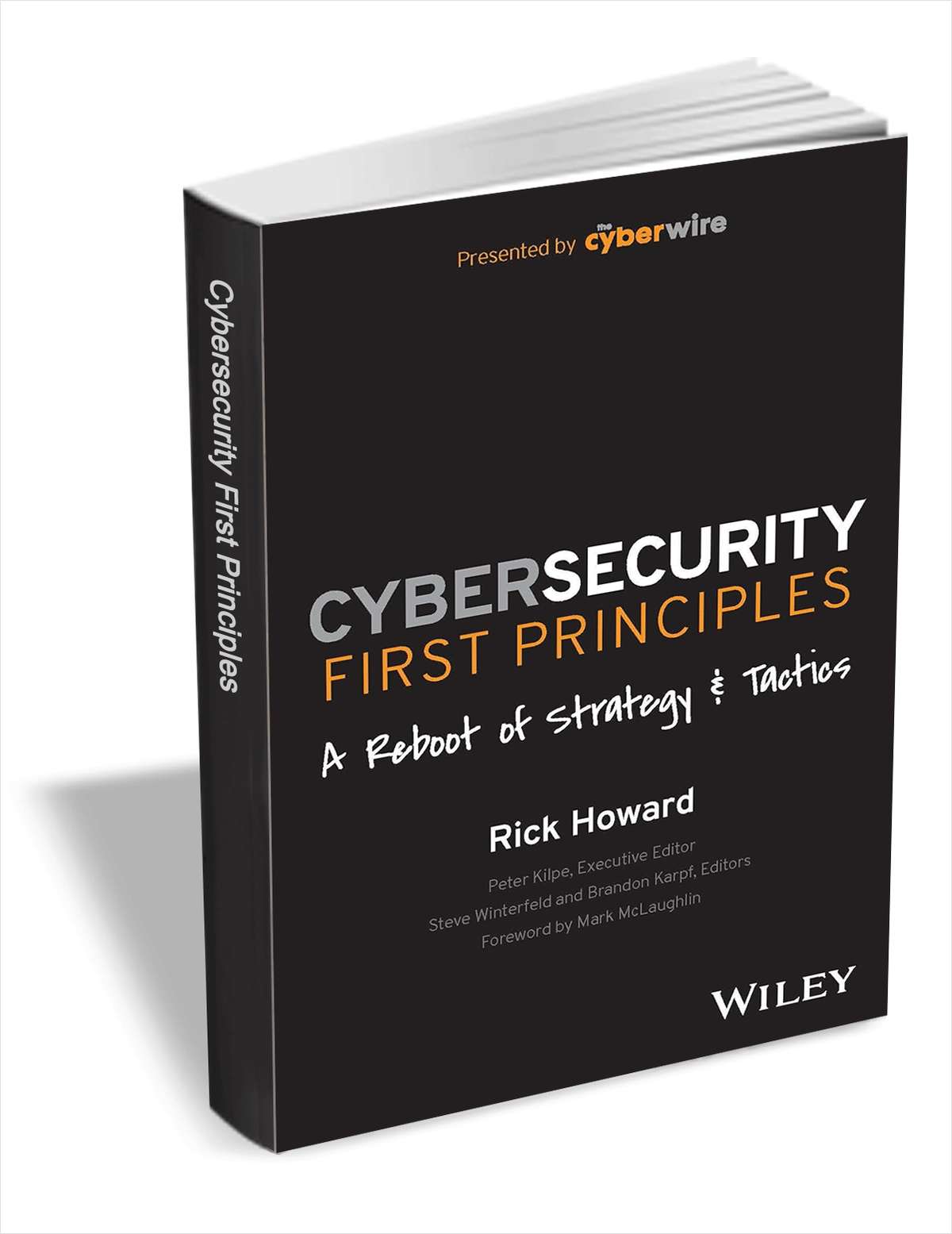
Giveaway: https://www.tradepub.com/free/w_wile492/prgm.cgi
Any DRM Removal for Win 20% OFF
Epubor Ultimate for Win 20% OFF
Epubor Audible Converter for Win 20% OFF
Epubor eBook Converter for Win 20% OFF
Cybersecurity First Principles: A Reboot of Strategy and Tactics
In the ever-evolving realm of cybersecurity, staying ahead of the curve requires a fundamental understanding of the core principles that underpin effective security strategies and tactics. While technology plays a crucial role in safeguarding systems and data, it's essential to recognize that cybersecurity is not solely about technology but rather a holistic approach that encompasses people, processes, and technology.
1. Assume Breach:
The first and most crucial principle of cybersecurity is to adopt a mindset that assumes a breach is inevitable. This proactive approach acknowledges that no system is impenetrable, and that organizations must prioritize risk mitigation and resilience. By assuming a breach, organizations can shift their focus from reactive measures to proactive prevention and incident response.
2. Adapt and Evolve:
The cybersecurity landscape is constantly changing, with new threats and vulnerabilities emerging regularly. To effectively combat these evolving threats, organizations must adopt a mindset of continuous adaptation and evolution. This requires regular security assessments, vulnerability patching, and the implementation of new technologies and security measures to stay ahead of the evolving threat landscape.
3. People Are the Weakest Link:
While technology plays a critical role in cybersecurity, the human element often proves to be the weakest link. People make mistakes, and they can be susceptible to social engineering and phishing attacks. Organizations must prioritize cybersecurity awareness training for their employees, emphasizing the importance of secure password practices, identifying phishing attempts, and reporting suspicious activities.
4. Defense in Depth:
A multi-layered defense strategy is essential for comprehensive cybersecurity. This approach involves implementing various security controls at different layers, such as network security, endpoint security, application security, and data security. By employing a layered defense, organizations can create a more robust barrier against cyberattacks.
5. Continuous Monitoring and Threat Intelligence:
Effective cybersecurity requires continuous monitoring of systems and networks to detect and respond to potential threats. This involves implementing intrusion detection and prevention systems (IDS/IPS) and employing network traffic analysis tools. Additionally, organizations should leverage threat intelligence feeds to stay informed about the latest threats and vulnerabilities.
6. Vulnerability Management:
Regular vulnerability assessments and patching are essential for identifying and remediating vulnerabilities in systems and software. Vulnerability management programs should be comprehensive, covering all critical systems and applications. By proactively addressing vulnerabilities, organizations can reduce their risk exposure and minimize the impact of potential attacks.
7. Incident Response Plan:
A well-defined incident response plan is crucial for effectively responding to cyberattacks. This plan should outline the steps to be taken when a breach occurs, including containment, eradication, and recovery. Organizations should test their incident response plan regularly to ensure it is effective and up-to-date.
8. Risk Assessment and Prioritization:
Cybersecurity should be aligned with business objectives by conducting regular risk assessments to identify and prioritize potential threats and vulnerabilities. This assessment should consider the organization's assets, threats, vulnerabilities, and impact levels to determine the most critical areas to focus on.
9. Security Awareness and Training:
Educating employees about cybersecurity is essential for reducing human error and increasing the likelihood of detecting and reporting suspicious activity. Organizations should provide regular security awareness training to their staff, covering topics such as phishing scams, password hygiene, and suspicious activity reporting procedures.
10. Strong Leadership and Culture:
Cybersecurity must be a top priority for organizational leadership. By establishing a strong cybersecurity culture and setting clear expectations for employees, organizations can foster a sense of responsibility and accountability for cybersecurity practices.






